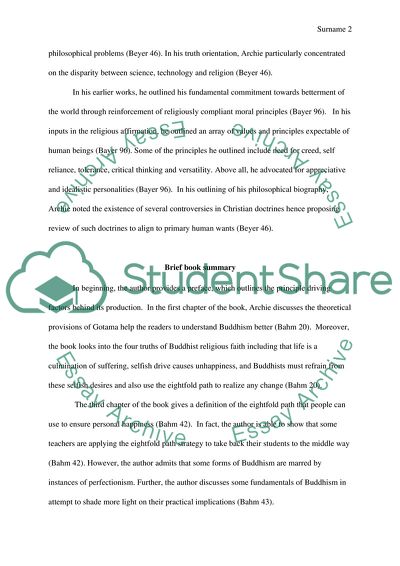Cite this document
(Analysis of The Philosophy of Buddha Article by Bahm Archie Book Report/Review, n.d.)
Analysis of The Philosophy of Buddha Article by Bahm Archie Book Report/Review. Retrieved from https://studentshare.org/religion-and-theology/1862870-archie-j-bahm-the-philosophy-of-buddha
Analysis of The Philosophy of Buddha Article by Bahm Archie Book Report/Review. Retrieved from https://studentshare.org/religion-and-theology/1862870-archie-j-bahm-the-philosophy-of-buddha
(Analysis of The Philosophy of Buddha Article by Bahm Archie Book Report/Review)
Analysis of The Philosophy of Buddha Article by Bahm Archie Book Report/Review. https://studentshare.org/religion-and-theology/1862870-archie-j-bahm-the-philosophy-of-buddha.
Analysis of The Philosophy of Buddha Article by Bahm Archie Book Report/Review. https://studentshare.org/religion-and-theology/1862870-archie-j-bahm-the-philosophy-of-buddha.
“Analysis of The Philosophy of Buddha Article by Bahm Archie Book Report/Review”, n.d. https://studentshare.org/religion-and-theology/1862870-archie-j-bahm-the-philosophy-of-buddha.


